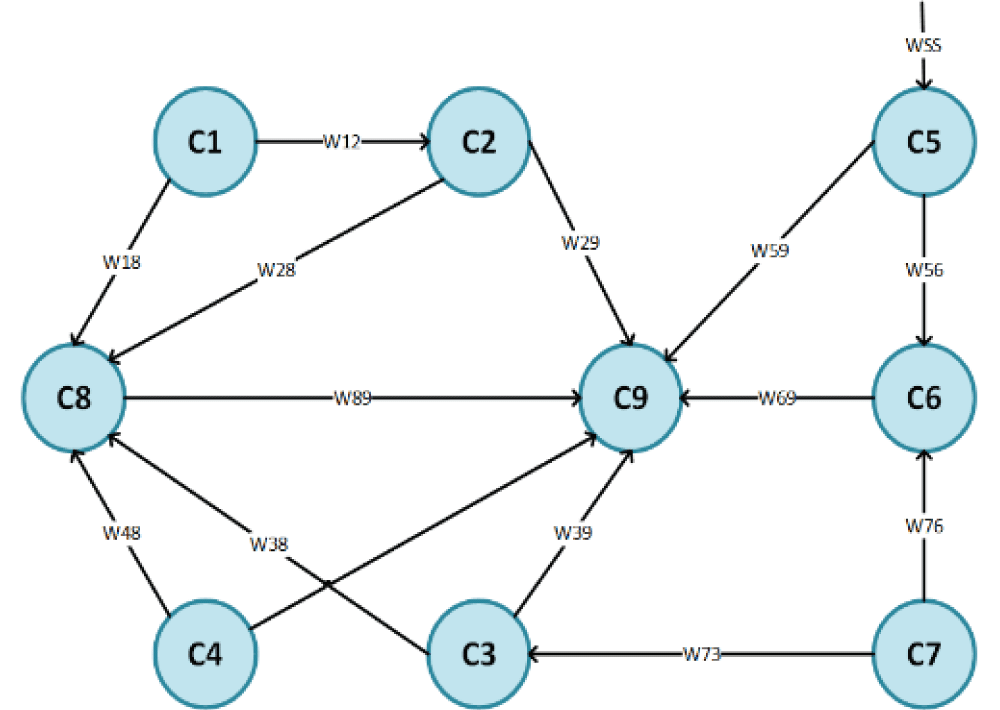Abstract
Artificial Intelligence (AI) has been considered a revolutionary and world-changing science, although it is still a young field and has a long way to go before it can be established as a viable theory. Every day, new knowledge is created at an unthinkable speed, and the Big Data Driven World is already upon us. AI has developed a wide range of theories and software tools that have shown remarkable success in addressing difficult and challenging societal problems. However, the field also faces many challenges and drawbacks that have led some people to view AI with skepticism. One of the main challenges facing AI is the difference between correlation and causation, which plays an important role in AI studies. Additionally, although the term Cybernetics should be a part of AI, it was ignored for many years in AI studies. To address these issues, the Cybernetic Artificial Intelligence (CAI) field has been proposed and analyzed here for the first time. Despite the optimism and enthusiasm surrounding AI, its future may turn out to be a “catastrophic Winter” for the whole world, depending on who controls its development. The only hope for the survival of the planet lies in the quick development of Cybernetic Artificial Intelligence and the Wise Anthropocentric Revolution. The text proposes specific solutions for achieving these two goals. Furthermore, the importance of differentiating between professional/personal ethics and eternal values is highlighted, and their importance in future AI applications is emphasized for solving challenging societal problems. Ultimately, the future of AI heavily depends on accepting certain ethical values.




![The AI evolution over time [40].](https://www.igminresearch.com/articles/figures/igmin183/igmin183.g001.png)




